Is Artificial Grass Pet-Friendly?
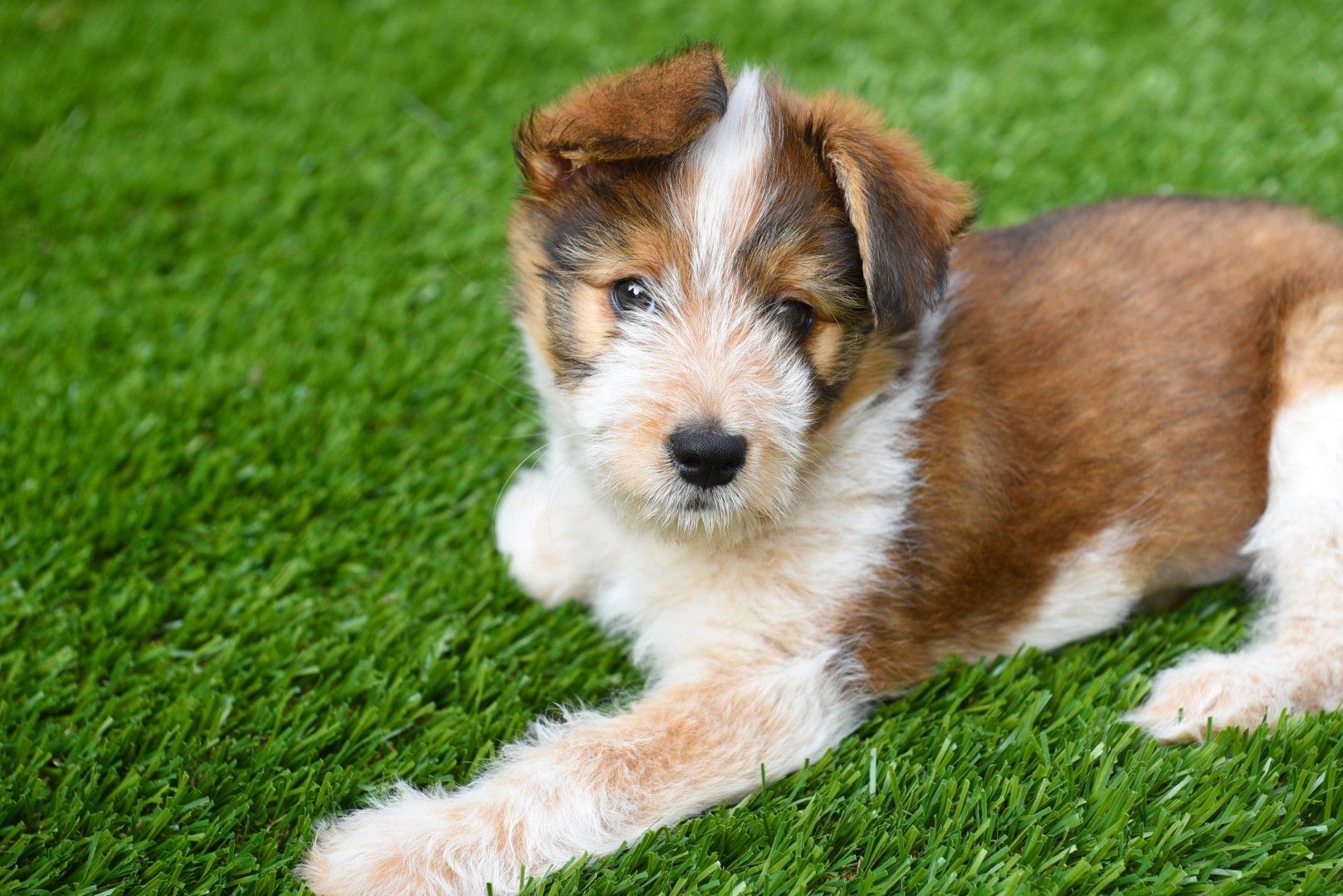
Artificial grass has become increasingly popular among homeowners due to its low maintenance and aesthetic appeal. However, if you're a pet owner, you may be wondering if synthetic grass is safe and suitable for your furry companions. In this article, we'll explore the topic of whether artificial grass is pet-friendly, discussing the benefits it offers for pets, safety considerations, tips for introducing pets to artificial grass, and addressing common questions and concerns.
Many pet owners desire a lush green lawn that can withstand the wear and tear caused by their furry friends. Artificial grass, also known as synthetic turf or fake grass, offers an attractive alternative to natural grass, providing a durable and low-maintenance solution. While the installation of artificial grass brings several benefits for pet owners, it's essential to consider certain factors to ensure the safety and well-being of your pets.

Understanding
Artificial Grass
Artificial grass is a man-made surface created to resemble real grass. It is typically made from synthetic fibers, such as polyethylene or polypropylene, which are designed to mimic the look and feel of real grass. The grass blades are often UV-stabilized to prevent fading and are attached to a backing material that allows for proper drainage.
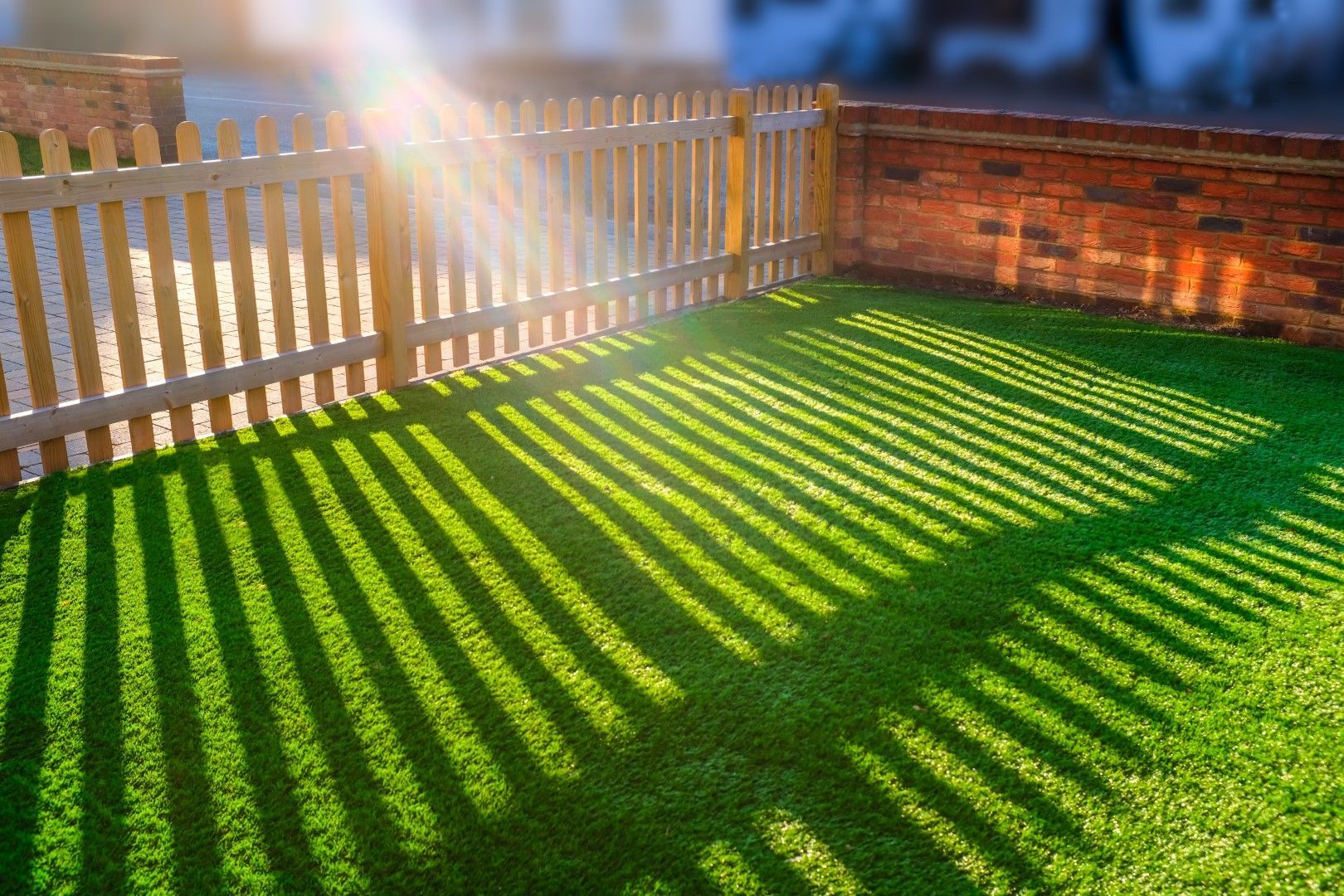
Benefits of Artificial Grass for Pets
Reduced Allergies and Pests
One significant advantage of synthetic pet turf is the reduced risk of allergies and pests. Grass can harbor various allergens, such as pollen and grass mites, which may cause discomfort for pets with sensitive respiratory systems. Additionally, ticks, fleas, and other insects often thrive in natural grass, posing a risk to your pet's health. With artificial pet turf, these concerns are minimized, providing a safer environment for your pets.
Durability and Resistance to Wear and Tear
Pets, especially dogs, love to run, play, and explore in outdoor spaces. However, their activities can quickly take a toll on natural grass, resulting in bare patches and muddy paws on the carpet. Artificial grass is specifically designed to withstand heavy use and is highly durable. It can withstand pets' rough play, even big dogs, including digging and scratching, without showing signs of wear and tear.
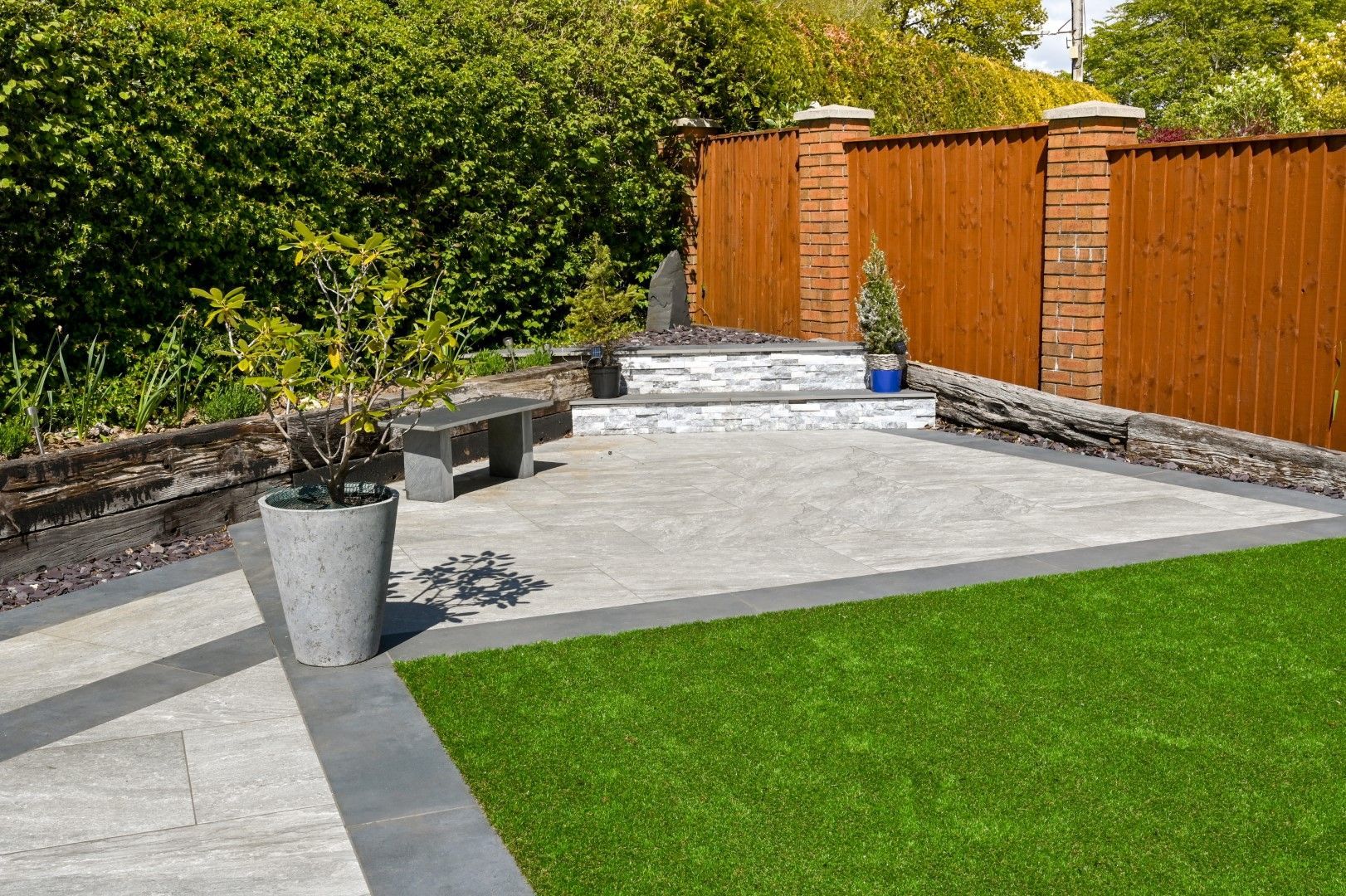
Low Maintenance and Easy to Clean
One of the primary reasons homeowners choose synthetic lawns over a natural grass lawn is its ease of ownership. Unlike natural grass, a synthetic lawn doesn't require mowing, watering, or the application of fertilizers or pesticides. Pet waste and dog urine can be easily removed from the surface, and any residue can be hosed down or cleaned using pet-friendly disinfectants. This makes artificial grass an excellent choice for pet owners looking for a hassle-free lawn.
Ensuring Safety for Pets
While pet turf products offer several benefits for pets, it's essential to take specific precautions to ensure their safety and well-being.
Proper Drainage System
To prevent water accumulation and ensure proper drainage, it's crucial to install artificial pet turf with an efficient drainage system that allows water to flow through the turf and into the ground below. This helps prevent puddles from forming and keeps the surface dry, reducing the risk of slips and falls for both pets and humans. Like everything else in life a little patience during artificial turf installation is key.
Choosing
Non-Toxic Materials
When selecting artificial grass for your pet-friendly lawn, it's essential to choose materials that are non-toxic and safe for animals. Ensure that the grass and infill materials used are free from harmful chemicals or heavy metals that could potentially harm your pets if ingested or absorbed through their paws. Opting for high-quality, artificial grass specifically designed for pets ensures a healthier environment for your furry friends.
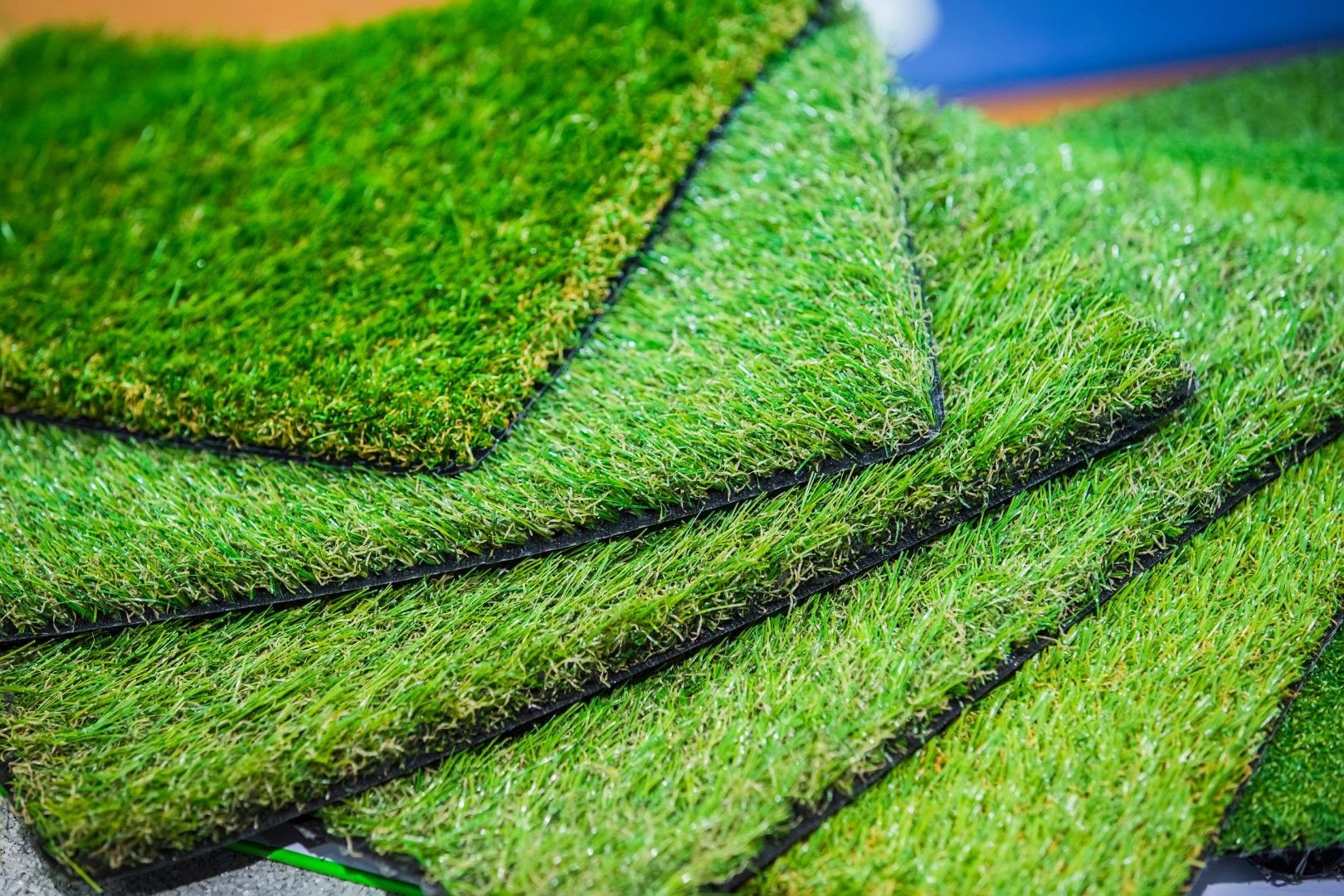
Avoiding Heat Build-Up
Artificial grasses can absorb and retain heat, particularly in direct sunlight. This can make the surface uncomfortably hot for pets, especially during the summer months. To prevent heat-related issues, consider installing artificial grass with a cooling system or choose lighter-colored grass that reflects sunlight rather than absorbing it. Additionally, providing shaded areas or using pet-friendly cooling mats can help keep your pets comfortable when they're enjoying the artificial lawn.
Tips for Introducing Pets to Artificial Grass
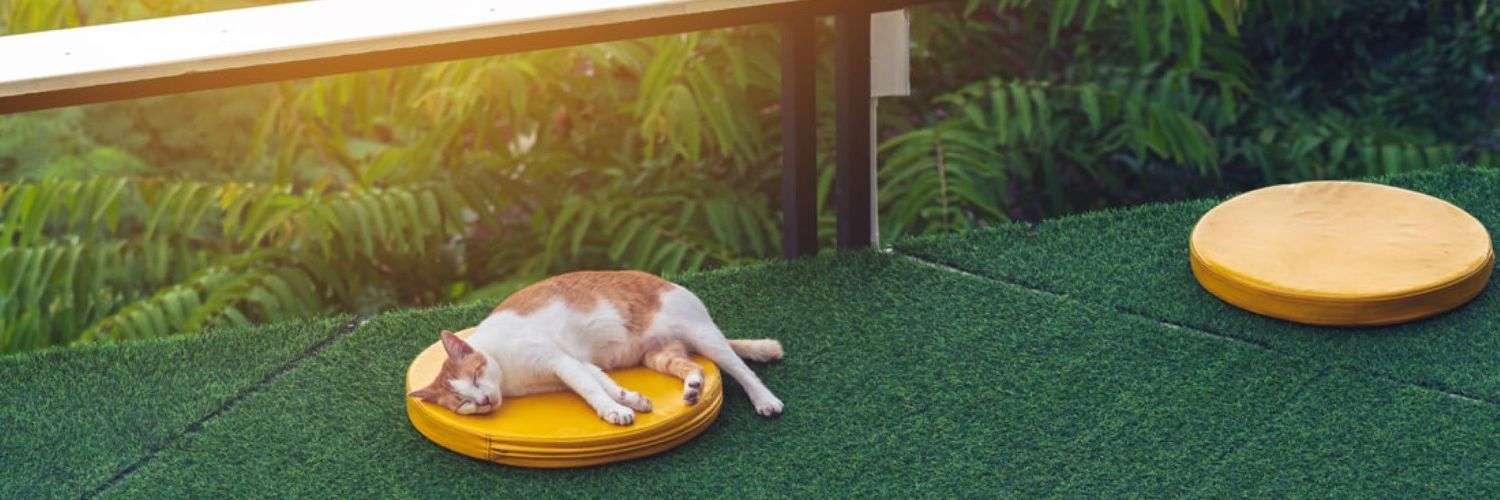
Introducing your pets to artificial grass requires a gradual and positive approach to ensure a smooth transition. Here are some tips to help your pets adjust to their new outdoor space:
Gradual Transition
Allow your pets to become familiar with the artificial grass gradually. Start by introducing them to a small section of the lawn and gradually expand their access over time. This allows them to explore the new surface at their own pace, reducing any potential anxiety or resistance.
Positive Reinforcement
Encourage your pets to use the synthetic lawn by providing positive reinforcement. Reward them with treats, praise, and playtime when they use the designated area. Associating the artificial grass with positive experiences will help reinforce their behavior and create a positive connection.
Frequently Asked Questions (FAQs)
Q: Is artificial grass safe for dogs?
A: Yes, artificial grass is generally safe for dogs making it the perfect choice for high traffic areas like a dog run. However, it's essential to choose high-quality, pet-safe materials and ensure proper drainage and temperature regulation to ensure their safety and comfort.
Q: Can cats use artificial grass?
A: Absolutely! Cats can enjoy artificial grass as well. Some cats may prefer the texture of natural grass initially, but with gradual introduction and positive reinforcement, they can adapt to artificial turf.
Q: How do I clean pet waste from artificial grass?
A: To clean pet waste from artificial grass, promptly remove solid waste and dispose of it properly. Rinse the affected area with water to dilute and remove any residue. You can also use pet-friendly disinfectants to ensure cleanliness.
Q: Will my pet be able to dig on artificial grass?
A: While artificial grass is designed to be durable and resistant to wear and tear, some pets may still attempt to dig. To discourage digging behavior, provide designated digging areas or redirect their attention to toys and interactive play.
Q: Can artificial grass cause skin irritation for pets?
A: High-quality artificial turf made from non-toxic materials is unlikely to cause skin irritation for pets. However, if your pet shows signs of skin irritation or discomfort, it's recommended to consult with a veterinarian.
Conclusion
Artificial grass can be a pet-friendly option for homeowners, offering numerous benefits such as reduced allergies, durability, and low maintenance. By considering safety measures like proper drainage, non-toxic materials, and heat management, you can create a safe and enjoyable outdoor space for your pets that is comparable to a natural lawn without all the drawbacks. Introducing them gradually and using positive reinforcement will help them adapt to the artificial grass more easily. So, why not provide your pets with a lush and pet-friendly lawn that they can enjoy all year round?

